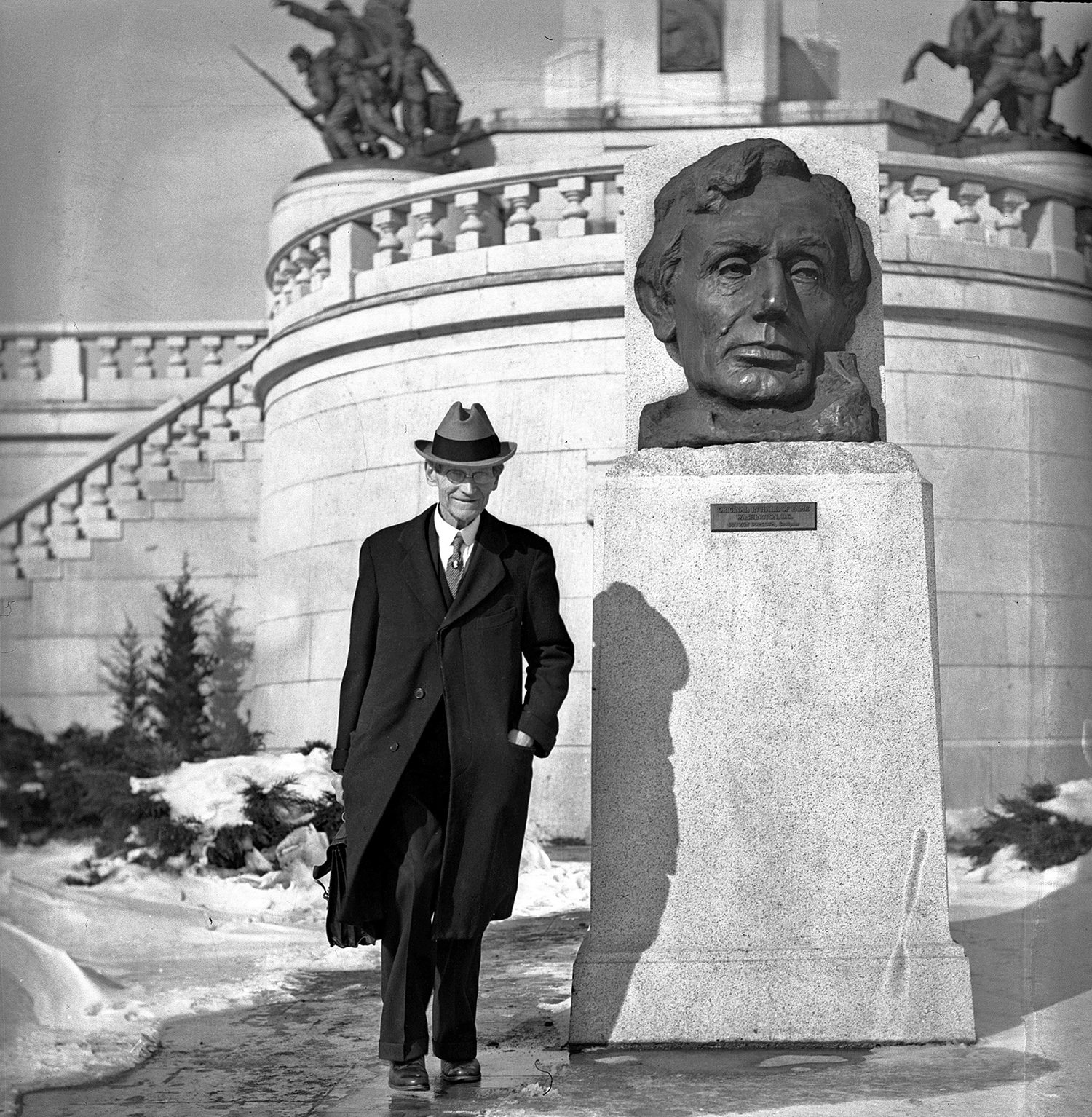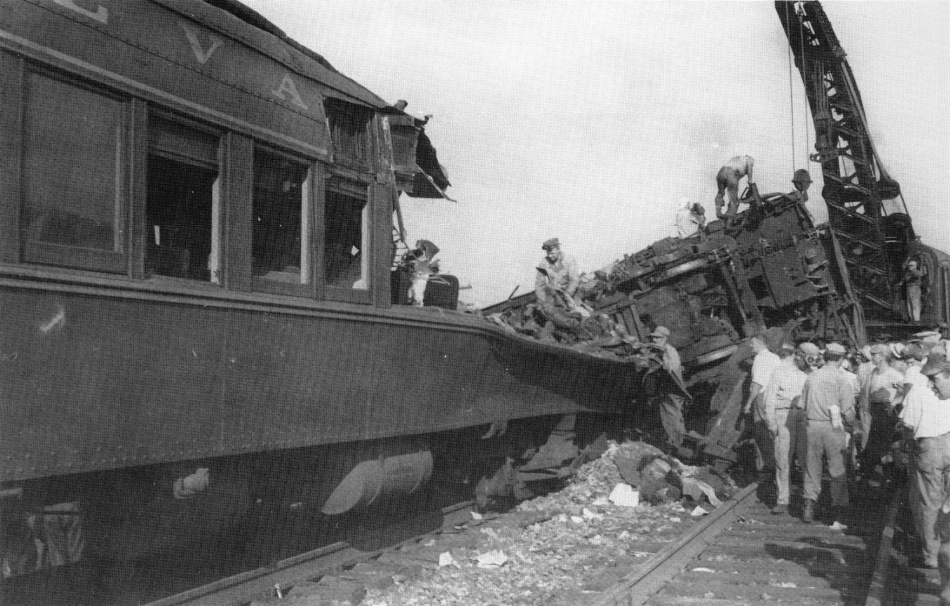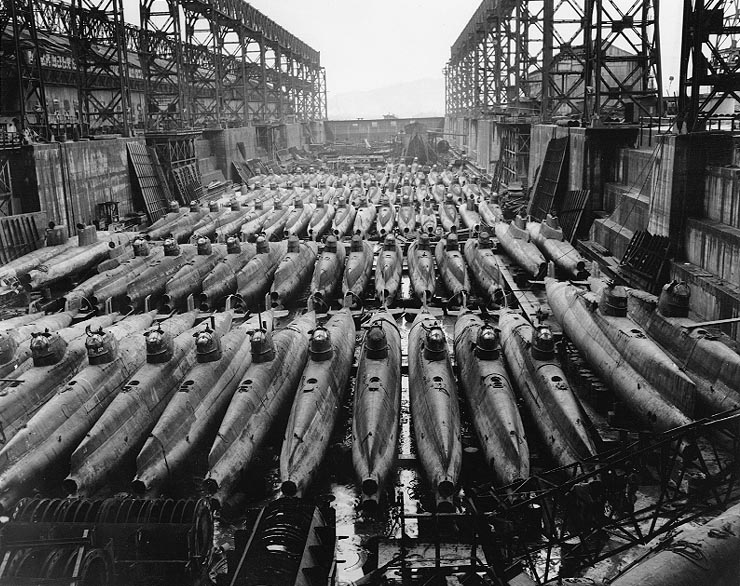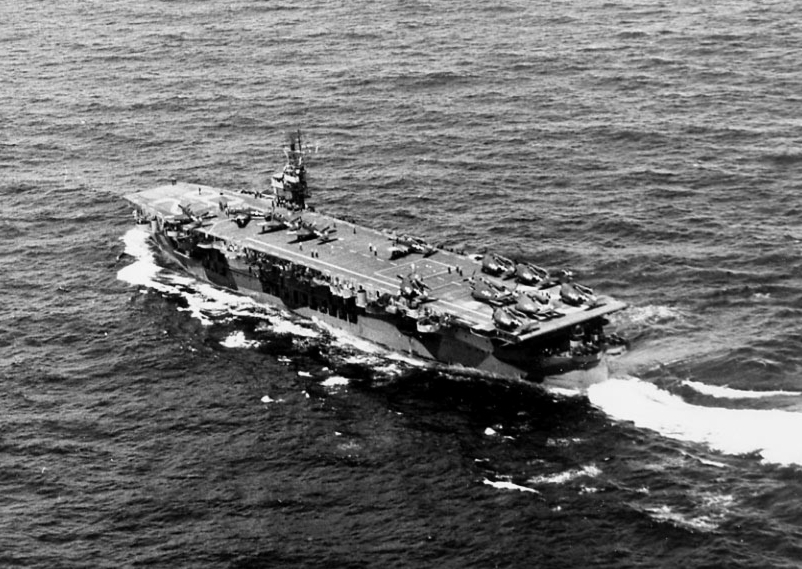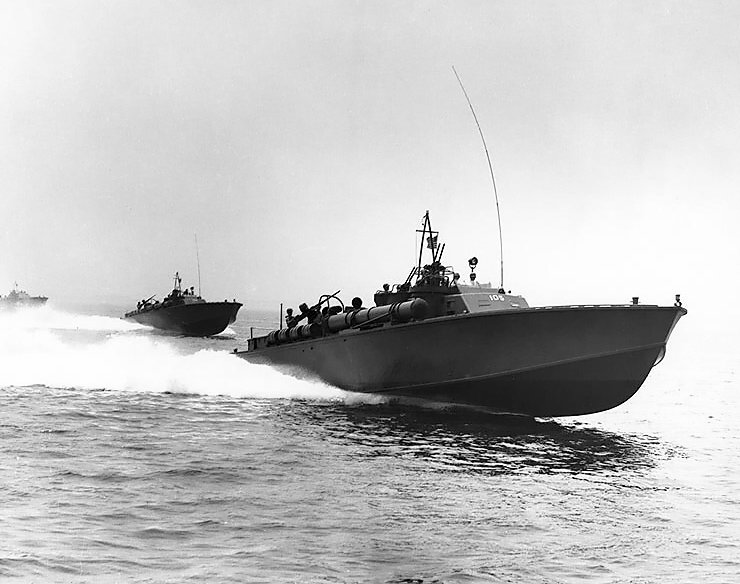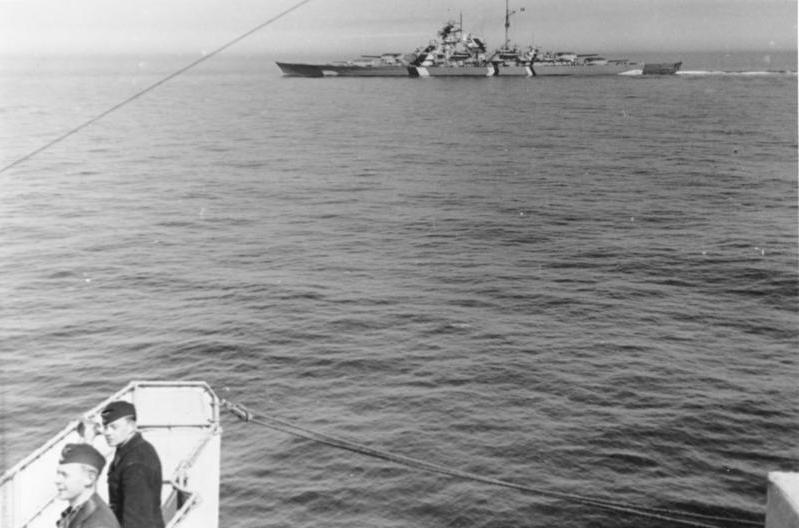Fighting Monk
1453 Worst Year of Life
Window Rock (Tségháhoodzání)
The winds drift quietly across the drylands of northern Arizona. Sand is picked up by the occasional gust and carried away from where it had rested for millennia. Some of the men of the Legion could relate to the specks of dust treated mercilessly by the servants of Aeolus. They too were carried away from their homelands by a force of nature you cannot grasp until what you think unmovable is moved. Cherokee, Sioux, Navajo, Apache, the list goes on of men whose ancestors were displaced by conquest and the greed of Europeans and their descendants. They were all assembled now beneath the pale light of the moon and surrounded by the howl of coyote to stop just such an atrocity from occurring once again. Each man listened with silent enthusiasm for their leader, Yiska, to speak. He clears his throat, transitioning to English so that all gathered may understand.
The winds drift quietly across the drylands of northern Arizona. Sand is picked up by the occasional gust and carried away from where it had rested for millennia. Some of the men of the Legion could relate to the specks of dust treated mercilessly by the servants of Aeolus. They too were carried away from their homelands by a force of nature you cannot grasp until what you think unmovable is moved. Cherokee, Sioux, Navajo, Apache, the list goes on of men whose ancestors were displaced by conquest and the greed of Europeans and their descendants. They were all assembled now beneath the pale light of the moon and surrounded by the howl of coyote to stop just such an atrocity from occurring once again. Each man listened with silent enthusiasm for their leader, Yiska, to speak. He clears his throat, transitioning to English so that all gathered may understand.
“I still find myself awestruck whenever I look at the great host of nations gathered at where my people consider the center of the world. Never before has a force of American Indians, the FIRST Americans, been assembled in such numbers in all history. My brothers even here we do what our ancestors could only have dreamed of, what Pontiac and Tecumseh set out to do when they launched their wars of resistance. They sought out to unite all Indians under a single banner to protect our way of life, to protect their children and keep them away from the White Man’s influence. Away from their greed, away from their substance, away from their desire, lust, and conquests. To separate us from the world that would seek to put us down like dogs or make us into the image of themselves. They failed...And ever since our people have faced policies of oppression, expulsion, re-education, rape, murder, termination, and extermination. Even now our children are still taken from some of us to be sent to the White man’s schools. But those days are over, Uncle Sam and all he represented are on the brink of suicide and Lady Liberty weeps at the blood and disaster that plague these lands once again. Yet, we, the Indians, have risen above these catastrophes to lead our peoples to a brighter dawn. Even the whites look to us with envy and suspicion dumbstruck at how those they once called savages are now liberators, how those relegated to poverty stricken lands and torment are now confident and proud of their wealth and achievement.
I speak now to my brothers who hail from Nations not within the League of Peace, for you stand tall in your valor and dedication. To join our ranks in the pursuit of justice, peace, and liberation you have put your lives on the line yet have fought like wolves in your duty. I honor each and every one of you.
Yet, we are at a crossroads people of the nations. We have fought hard in the service of a successor against another in the constant flux of power that seems to emerge at this dark hour. They have restored our rights and sovereignty as would have been known before the days when the United States claimed our land as their own. However, a greater threat grows to our people than the civil wars of a doomed nation. Sitting on the Council of Fires are the people of the Yucatan, the Maya, whose achievements and marvels give prestige and glory to the American Indian lineage. They now are threatened by a dark and evil power that would see not only theirs but ALL of our ways of life extinguished and us along with them. We cannot allow this to pass, for too long our peoples have stood fragmented and unable to stand against the terror of the European peoples in our homelands. But now...Now we can fight back with a vigor unlike that ever seen, greater than Pontiac, greater than Tecumseh. By the will of the Great Spirit we shall triumph over the evil machinations of Evil and restore justice and peace to the land of the Méxica. We have a bold undertaking ahead of us sons of the Great Spirit by we shall triumph. There shall be no more talk. The Die is Cast. We goto war.”
With these last lines uttered Yiska runs through a crowd of cheers as they part way for him. Jumping onto his horse he rides south towards the border with conquest and death trailing behind him.




